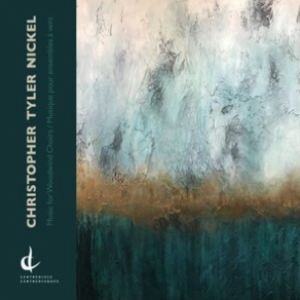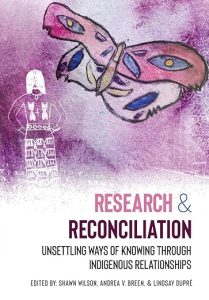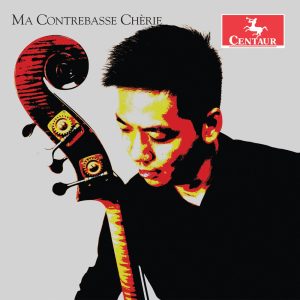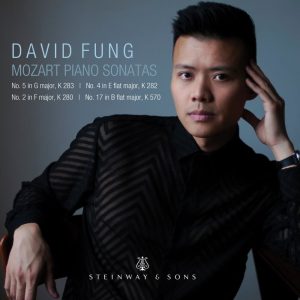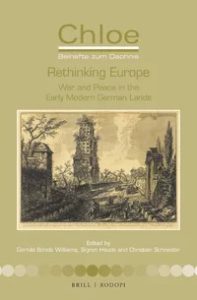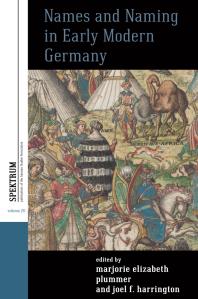Author: Tenzer, Michael
Publication details: The Philosophy of Rhythm: Aesthetics, Music, Poetics, edited by Peter Cheyne, Andy Hamilton, and Max Paddison, 199-215. New York: Oxford, 2019.
Weblink: https://oxfordscholarship.com
Abstract: The universe of possible rhythms comprises a timescape with a timescape embedded within it; that is, the full complement of rhythms that can be imagined engulfs its own subset, namely those rhythms already created or discovered by human agents. But if, in response to the question posed by the title, we endeavor to partition this whole to construct a typology of rhythm, we face from the outset a stark methodological choice. Do we opt to separate out perception and experience to create an abstract rhythm science mapping the terrain of the possible, or do we seek an anthropology of the rhythms humans have made and perceived? Chapter 13 views rhythm’s potential along various continua: via comparison with language, in the development of human culture, in the life of an individual’s experience, perception and cognitive prowess, and in the non-human natural world.
